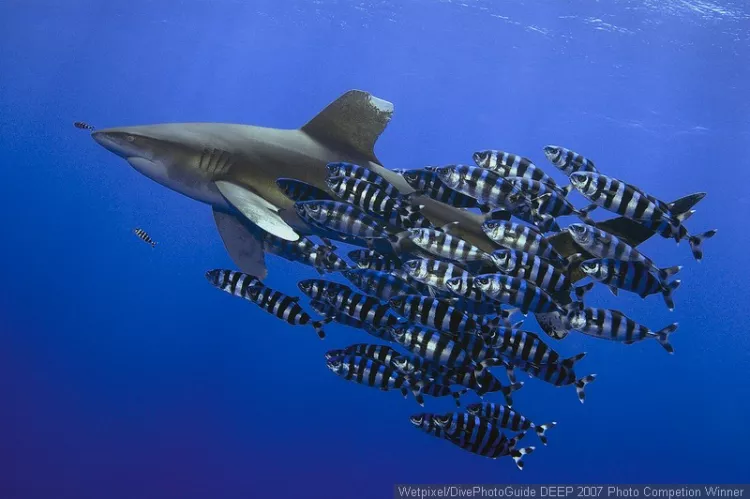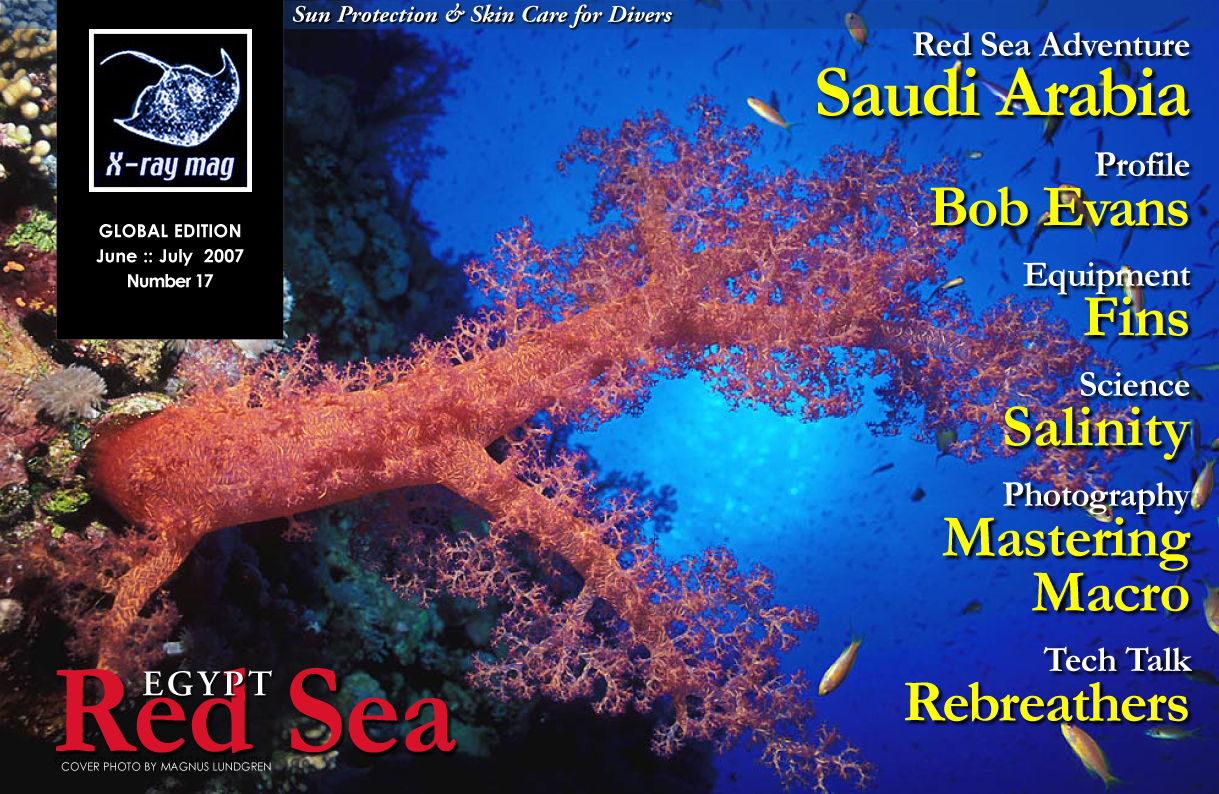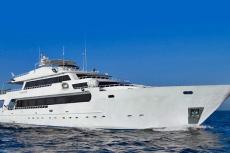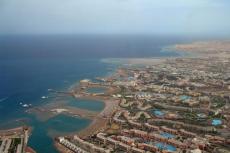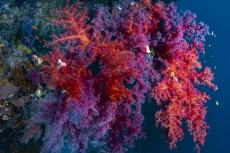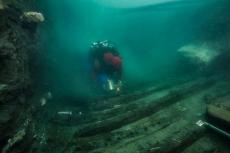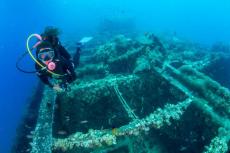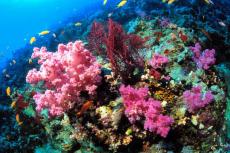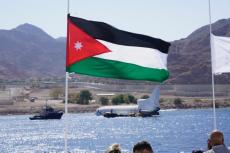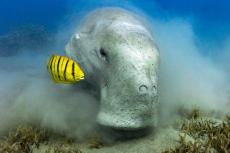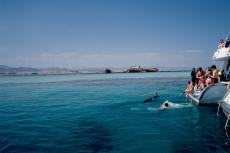Erythra Thalassa—Red Sea, as directly translated from the ancient Greek name—is what it was called by the ancient Romans as well. Long has this great body of water been a focal point of trade in the Middle East, which has stood as a crossroads between Europe, Asia and Africa for many thousands of years. The Red Sea, today, is still an important vehicle of global trade as well as a major tourist destination for millions.
Contributed by
The Red Sea has acquired world-wide interest in more recent times from the allure of its underwater wonders. Yet, if we go back a long way to the time of The Exodus, we find the Red Sea a birthplace of legends like that of Moses, who is said to have parted the Red Sea to lead the Israelites to safety from the pursuit of the Pharoah’s army.
Along its shores, the Red Sea has seen much history including the development of trade routes by the Phoenicians, as far back as the 12th century B.C., when extensive routes up and down the coasts were established as well as a base at what is now the port city of Jiddah, Saudi Arabia. Later, ancient Roman ships, laden with cargoes of treasure such as gold bound, for Indian cities, visited ancient Egyptian Red Sea ports such as Berenice.
The Red Sea continued to be an important trade route from the 7th century AD when untold numbers of boats and dhows—traditional Arab sailing vessels—carried merchants and muslim pilgrims to Mecca. In those days, ships bearing clothing, copper and cooking pots left the ports at el-Quseir and Berenice and came back with elephants, ebony, spices and gems. In the Medieval Age frrom the 13th to the 16th centuries, Mamluk merchants brought Iranian and Chinese ceramics to el-Quseir via the Red Sea, which virtually became an Ottoman lake after the Turks took Cairo in 1517.
By the 15th century, Europe began to show interest in the region. The first European chart of the Red Sea was drawn in 1760 by Carsten Niebuhr on a scientific expedition sent by Frederick V of Denmark to explore Egypt and Arabia.
During World War I and II, the Red Sea saw its fare share of the fighting. The Ottoman Empire controlled large parts of the Red Sea coast during the first world war—from the Bay of Aqaba to Aden on the east side and on the west side, the Egyptian and northern Sudanese coastlines. Arabs had breif control over the territories around the Red Sea during the Arab Revolt of 1916, from which rose the fame of a certain Captain T.E. Lawrence, or as Lawrence of Arabia as he is more commonly known, when he staged an attack against the port city of Aqaba. By the end of World War I, the Red Sea was controlled in practice by Britain, France and Italy.
In World War II, Italy entered the war against the Allies in 1940. Italian forces became a potential threat to British supply routes in the Red Sea and the Suez Canal. Britain had troops in Egypt and Sudan. Italy had troups in Libya, Eritrea and Somalia. The conflict in the Red Sea left some great wrecks for divers to explore later. Well-known ships such as the Thistlegorm and Umbria were sunk during World War II.
One of the most important events to affect the Red Sea region was the creation of the Suez Canal. Even though a canal had been envisaged since the reign of the Pharaohs, the realization of a canal was not made until 1869 when the Suez Canal was first opened. The Suez Canal reinforced the role of the Red Sea as a trade route and “Passage to India” for European travellers. In 1967, the canal was closed as a result of the Arab-Israeli conflict. The Six Day War culminated in the closure of the Suez Canal from 1967 to 1975. However, the canal was reopened in 1975 and enlarged.
It was Austrian Hans Hass who, in the 1950s, discovered that the Red Sea was an amazing diving destination. Within the same decade, Jacques-Yves Cousteau also touted the underwater wonders of the Red Sea.
In 1949, Hans Hass set off alone for Port Sudan. Over a period of two months of solitary diving, using underwater camera housings he designed and built himself, Hass took over 1,500 photographs of the underwater realm of the Red Sea. He returned again to Port Sudan in 1950 and made the motion picture, Under the Red Sea. The film presented the first images ever taken of a whale shark underwater.
In 1951, Jacques Cousteau arrived in the Red Sea on the Calypso. His first book, The Silent World, and a film by the same name, was researched while diving near Port Sudan and on the shallow reefs of the Saudi Arabian coast.
Soon after Hass and Cousteau revealed the fantastic underwater wonders of the Red Sea with their books and films, the first leisure divers arrived at the Red Sea. Recreational diving came to the area in the 1950’s when Greeks and Italians working for oil and mining companies took to skindiving along the Hurghada coast. However, the wars between Israel and the Arab nations in the next two decades stopped large-scale tourism to the Red Sea region. But, tourism to the area resumed in 1982 when the last section of the Sinai was returned to the Egyptians. The late 80s saw a building-boom at the Red Sea, and resorts like Sharm el Sheik and Hughada sprung up. ■

